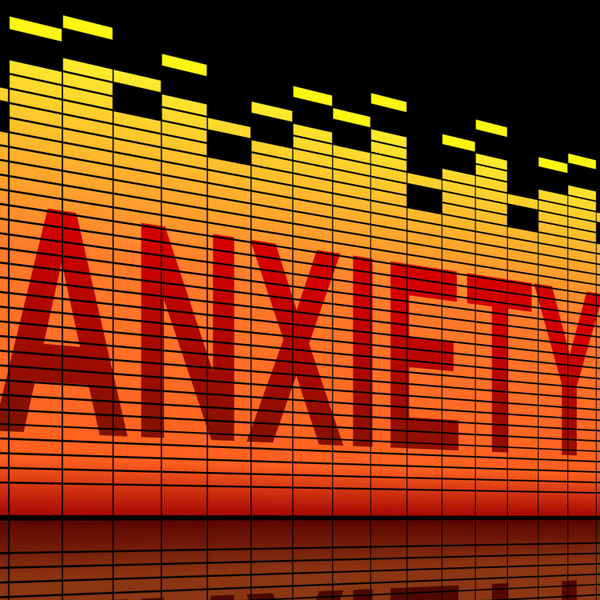
Experiencing occasional anxiety is a normal part of life, but you are not alone if you have experienced a mental health challenge over the past few years.
We were already in an epidemic of anxiety before the pandemic, and those rates have continued to climb. The international prevalence of anxiety and depression increased by 25 per cent in the first year of the pandemic, according to the World Health Organization.
Faced with this crisis, the mental health field offers a few suggestions. The presiding agreement is that our mental health struggles are the result of a chemical imbalance written in our DNA.
The implication is that our anxiety is chemical, and our serotonin level, the feel-good hormone, is determined by our genetic destiny. Mental healthcare professionals offer medications and therapy to change our cognitive rituals to lift our suspected serotonin deficiency.
But what if these options don’t work for you?
While our current offerings help some people, the inaccessibility of therapy is at an all-time high. Far too many people were struggling with their mental health and experiencing disappointing results with medication.
Focusing on brain chemistry has led us to overlook what impacts our mood and behaviour; the body plays a critical and often overlooked function in mental health. This can come as good news for those who have not found satisfactory relief from medication and therapy.
The determinants of our mental well-being go beyond our genes and brain chemistry to include inflammation, gut health, sleep, nutrition, hormones, chronic limbic hyperarousal because of unresolved trauma, and even having our fundamental human needs for community, nature, meaning, and purpose go unmet.
If we do have what is known as a chemical imbalance, it is probably a downstream consequence of these other states of imbalance.
In other words, anxiety is not all in your head; it’s based mainly on the body, where it should first be addressed.
I believe there are two types of anxiety: genuine anxiety (or purposeful anxiety) and avoidable anxiety.
Genuine anxiety is our inner compass nudging us to pay attention to what’s not right in our personal lives, our communities and the world. It’s not something to suppress or pathologise, and it’s not what’s wrong with us — it’s what’s right with us when we can viscerally connect to what’s wrong in the world.
With genuine anxiety, our symptoms communicate something to us that should be heard and honoured. Instead of asking, “how can I stop feeling so anxious,” we should ask, “what is my anxiety telling me?” There’s often a call to action baked into our genuine anxiety, and when we let our uneasiness fuel purposeful action, we don’t feel so mired in our anxiety.
On the other hand, avoidable anxiety is often as simple as our body getting tripped into a stress response, which transmits a signal to the brain telling us something is wrong.
And the human brain worries and fears everyday situations.
Your anxiety checklist.
When I work with patients, I start with avoidable anxiety — the low-hanging fruit. We come up with an avoidable anxiety inventory. In a moment of peak anxiety, this list can cue them to reflect on possible causes of a sudden stress response taking over their body, help them identify the particular avoidable anxiety that might be occurring, and understand its straightforward remedy.
An avoidable anxiety inventory could include the following:
- Hunger
- Sleep deprivation
- Being over-caffeinated
- A hangover (what is known as “hang-xiety”)
- Gut issues
- Inflammation
- Long stretches of being sedentary
- Chemical fallout after consuming highly processed food
- Late luteal phase (the days before the bleeding phase of the menstrual cycle)
- Inter-dose withdrawal (the pharmacologic low-point when you’re due for your next dose of a psychiatric medication)
Ellen Vora is an integrative psychiatrist in New York City, and the author of “The Anatomy of Anxiety.”
Mental Health Training
More information in https://mentalhealthtraining.info/